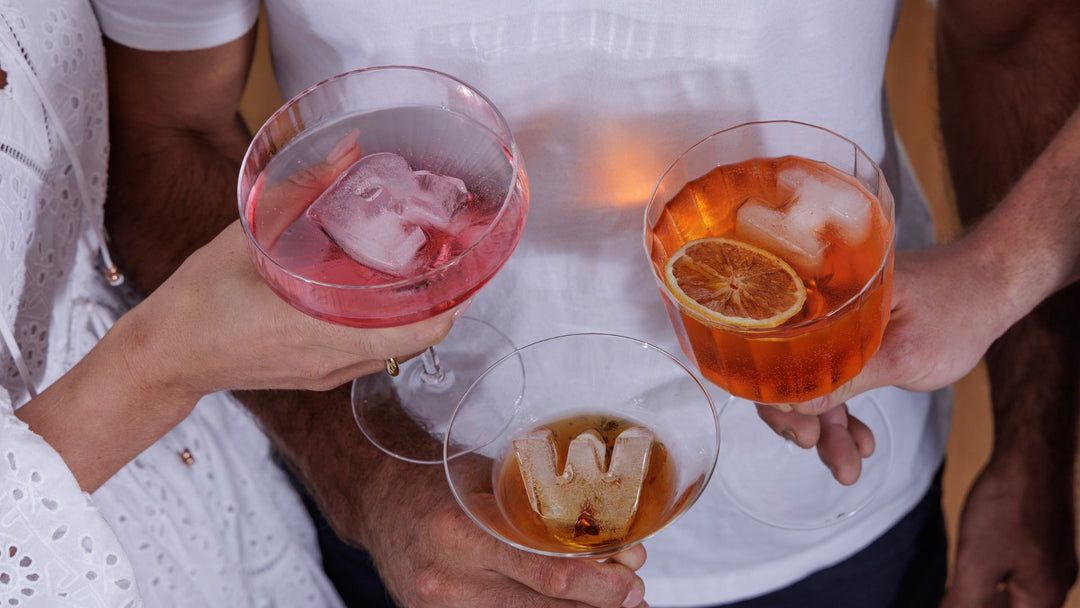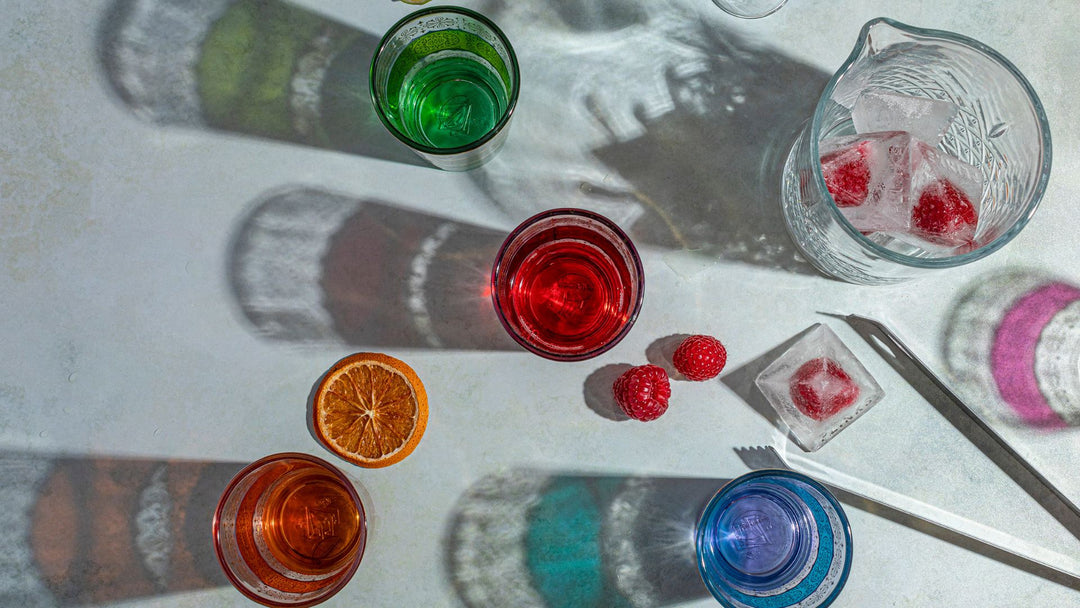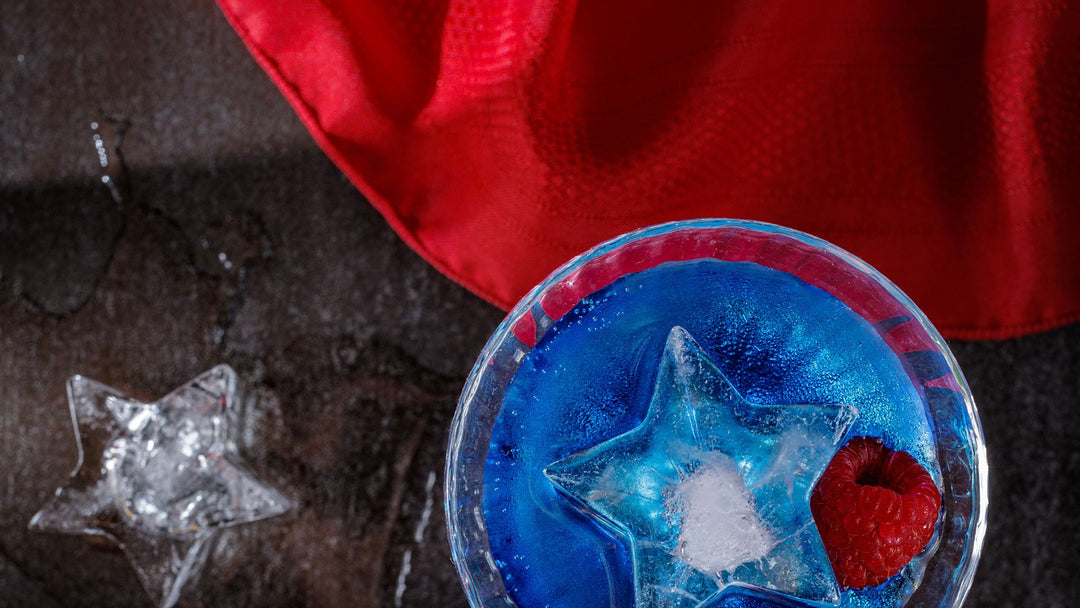Let’s Talk Tequila

Australia’s tequila expert introduces us to a whole new world.
Tequila likes to party. Think late-night shots in a noisy bar when you probably should have been home hours ago. Tequila’s up for whatever’s going down. We’re talking rounds of fiery shots, lots of salt, and wedges of lime. Sound familiar? [We also remember the headache the next day … and it wasn’t pretty.]

Just like us, tequila has grown up. We sat down with Brad Woolf from www.topshelftequila.com.au to discover why Australians are falling in love with this sophisticated spirit and why it’s completely different from the shots we partied with years ago.
Brad says those shots are actually poorly made, mass production Mixto not 100% agave Tequila. They’re a mixture of fermentable sugars from the agave plant (a fleshy succulent native to Mexico) and 49% “other” sugar (usually cane sugar) with additional flavouring, colouring, aromas and glycerin for added mouthfeel. Mixto was developed in Mexico in the 1930s to counter the shortage of agave after the demand for Tequila rose sharply when prohibition was lifted in the US.
There’s plenty of Mixto around, but if you choose tequila from the top shelf you’ll have a very different experience.

What is Tequila?
Like Champagne from the Champagne region in France, true tequila comes from Tequila in central Mexico. It’s made from 100% blue agave (Agave tequilana). Whilst technically there can still be up to 1% of additives for rectification, the stuff we’re talking about is additive-free. There are no added flavours, colouring or additional sugar. Tequila is made by fermenting the sugary juices from the agave plant and then distilling it. The first large-scale distillery and mass plantings of blue agave date back to the 1600s. So important is the history and culture behind tequila production, the town and surrounding fields of agave are listed as a World Heritage Site.
How To Drink Top Shelf Tequila
Top quality tequila is best enjoyed neat, or on slow-melting ice. [We recommend a DrinksPlinks pyramid or hexagon.] It’s a drink to sip and savour, not slam down.
Pair unaged or slightly aged Tequila with fish, chicken and white meats. Its lighter style has herbaceous characteristics and a slight sweetness and is easy sipping in summer. It can certainly be mixed in a cocktail like a classic Margarita, Paloma or Tequila Sour but Brad says ensure all the ingredients are top quality for a superior tequila cocktail.

Longer aged tequila takes on more of the oaky notes of the barrel. These Tequilas are heavier in style and work brilliantly in winter with red meat or sipped around a fire after dinner with chocolate, raisins and dried fruit. How good does that sound!
“Australians looking for a different spirit are discovering Tequila,” and Brad says “They love what they’re finding.”
“Growth in sales of tequila has been phenomenal. Australia now ranks third behind the US and Canada when it comes to consumption of 100% agave Tequila and given our small population base, that’s remarkable.”
Quality tequilas retail from as little as $70 a bottle so pricing isn’t as much of a barrier as education. Brad says always check the label to ensure it’s made from 100% agave and from a reputable distillery.
What is Mezcal?
There’s a lot of confusion around Mezcal and whether it’s a type of Tequila. In fact, the opposite is true. Brad explains that Mezcal is the mother of the agave spirit category and Tequila is a type of Mezcal [just as Scotch is a type of Whisky].
Mezcal can be made with a number of agave varieties (there are some 50 different varieties grown in Mexico), while Tequila is strictly made from Agave Tequilana. There are also strict certified regions where only tequila or mezcal can be produced.
Mezcal has definite smoky characteristics which come from the way the spirit is produced. Agave is harvested and trimmed back to the heart (or pina). The pinas are roasted in earthen pits for 3 to 4 days, before being mashed and left to ferment. The mash is then distilled and bottled or left to age in oak barrels. The traditional process goes back centuries.

Like wine, Mezcal (and tequila) is subject to terroir meaning it takes on the characteristics from the region and soil where the agave is grown. And depending on where it’s from, the taste of mezcal can vary enormously; ranging from smoky, earthy and funky to subtly sweet and chocolatey or herbaceous and vegetal.
Brad says the beauty about mezcal is there is so much to discover.
“My advice for new mezcal drinkers is to approach the spirit with an open mind. Try mezcals from different regions and allow your palate to find the flavours it enjoys. It comes down to personal taste, but there’s a lot to explore.”
How To Drink Mezcal
Serve mezcal straight up or on the rocks. It’s the perfect way to experience the subtle earthy, smoky notes and other characteristics from the region where the mezcal was produced. Taste it, smell it, savour it. Don’t shoot it!
And don’t embrace the worm. Brad says the worm in the bottle is a marketing tool and if you see one, it’s probably not premium Mezcal.
Make A Mezcal Negoni

This smoky Negroni is an interesting riff on the classic.
We like ours in a Rocks or Old Fashioned glass, served with a DrinksPlinks Hexagon or Pyramid ice shape to keep it super chilled, and garnished with an orange twist.
Ingredients
45ml San Cosme Espadin Mescal
45ml Campari
45ml Sweet Vermouth
Peel of orange rind
To Make
Pour each spirit into an ice filled Rocks glass, stir until chilled and garnish with the orange.
Enjoy.

Thanks to Brad from www.topshelftequila.com.au for opening up the world of tequila and mezcal to us. Check out the excellent range of spirits available online.
Their Tequila + Mezcal Agave Advent Calendar looks awesome!





Leave a comment